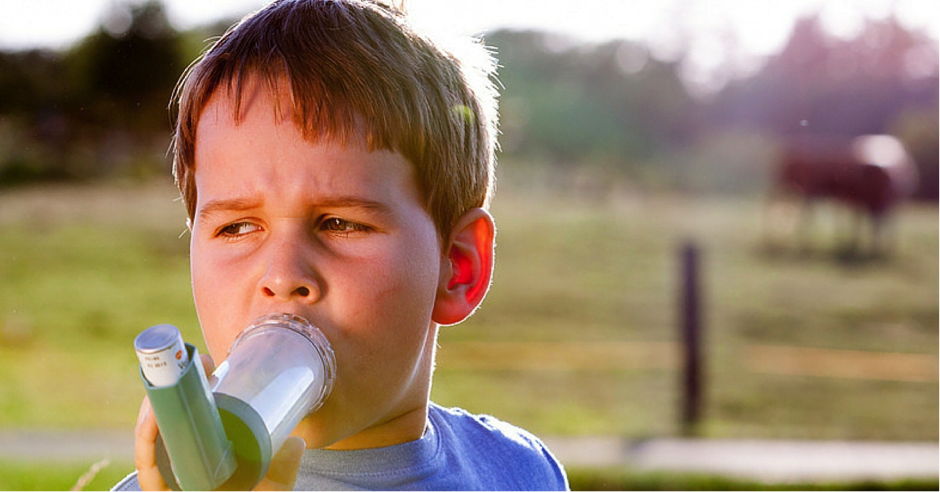Osteoporosis is a condition which affects bone density. It occurs when bones begin to lose minerals and calcium quicker than the body can replace these essential nutrients. As a result, bones become less dense, lose their strength and start to break more easily. Unfortunately, many people do not realise they have the condition until they suffer a bone fracture, as osteoporosis does not present with any recognisable signs or symptoms.
The condition usually affects females as they reach menopause in their middle to late years. However, males are also susceptible to the disease. Our bones tend to reach their maximum density when we reach the age of thirty; therefore it’s important to give our bones the best opportunity to become as dense as possible beforehand. Fortunately, some lifestyle changes and medical treatment options are available to prevent further bone loss and to reduce the risk of potential bone fractures.
What Are The Risk Factors For Developing Osteoporosis
Some people do have risk factors which can increase the chances of them developing the condition. Risk factors for osteoporosis include;
- Being female
- Being of a Caucasian or Asian heritage
- Being small-boned
- A family history of osteoporosis
- Needing steroid medication for other medical conditions
- A poor diet which lacks calcium
- Consuming too much alcohol
- Low levels of physical activity
Lifestyle Measures To Prevent Osteoporosis
Some of the simple lifestyle changes you can make to prevent osteoporosis and maintain healthy bones include;
- Eat plenty of foods that contain calcium. A low intake of calcium has been associated with a lower bone mass; by consuming the right amount of calcium, you can reduce and slow down the rate of bone loss. Good sources of calcium include milk, yoghurts, cheese, almonds, dark leafy greens and fish.
- Take calcium supplements, as they can be an excellent way to increase calcium intake if dietary intake is inadequate. However, they should be taken after a meal so that the supplement is correctly absorbed by the body.
- Spend more time in the sun. Vitamin D is synthesised when the skin is exposed to sunlight and plays an important role in absorbing calcium. Many Australians have low levels of vitamin D, especially during winter and early spring. Older people who live in nursing homes or spend little time outdoors, or those who cover their skin, are at a higher risk of vitamin D deficiency.
- Regular exercise, as bone is a living tissue and weight-bearing exercises can help strengthen the bones. The sooner on in life that you begin a workout regime, the less chance there is of you developing osteoporosis later on in life.
- Maintain a healthy body weight, as low body weight is a risk factor for osteoporosis.
- Stop smoking and reduce alcohol intake. Both these lifestyle choices can affect the body’s ability to absorb calcium which can contribute to weaker bones.
Medicines Used To Prevent Osteoporosis
There are some medications available which can reduce the risk of developing osteoporosis. Options can include;
- Bisphosphonates. These can help to encourage bone density by slowing down the breakdown process. Bisphosphonates are currently prescribed to osteoporosis patients in Australia.
- Hormone replacement therapy (HRT). This is effective in post-menopausal women as it works by increasing depleted oestrogen levels. HRT is recommended for women who are younger than sixty years old and are at high risk of decline in their bone density.
- Denosumab injections. These are given twice a year under the skin and work by slowing down the breakdown of bone.
- To learn more about osteoporosis and how you can prevent the onset of this condition, speak to your doctor for more information.





